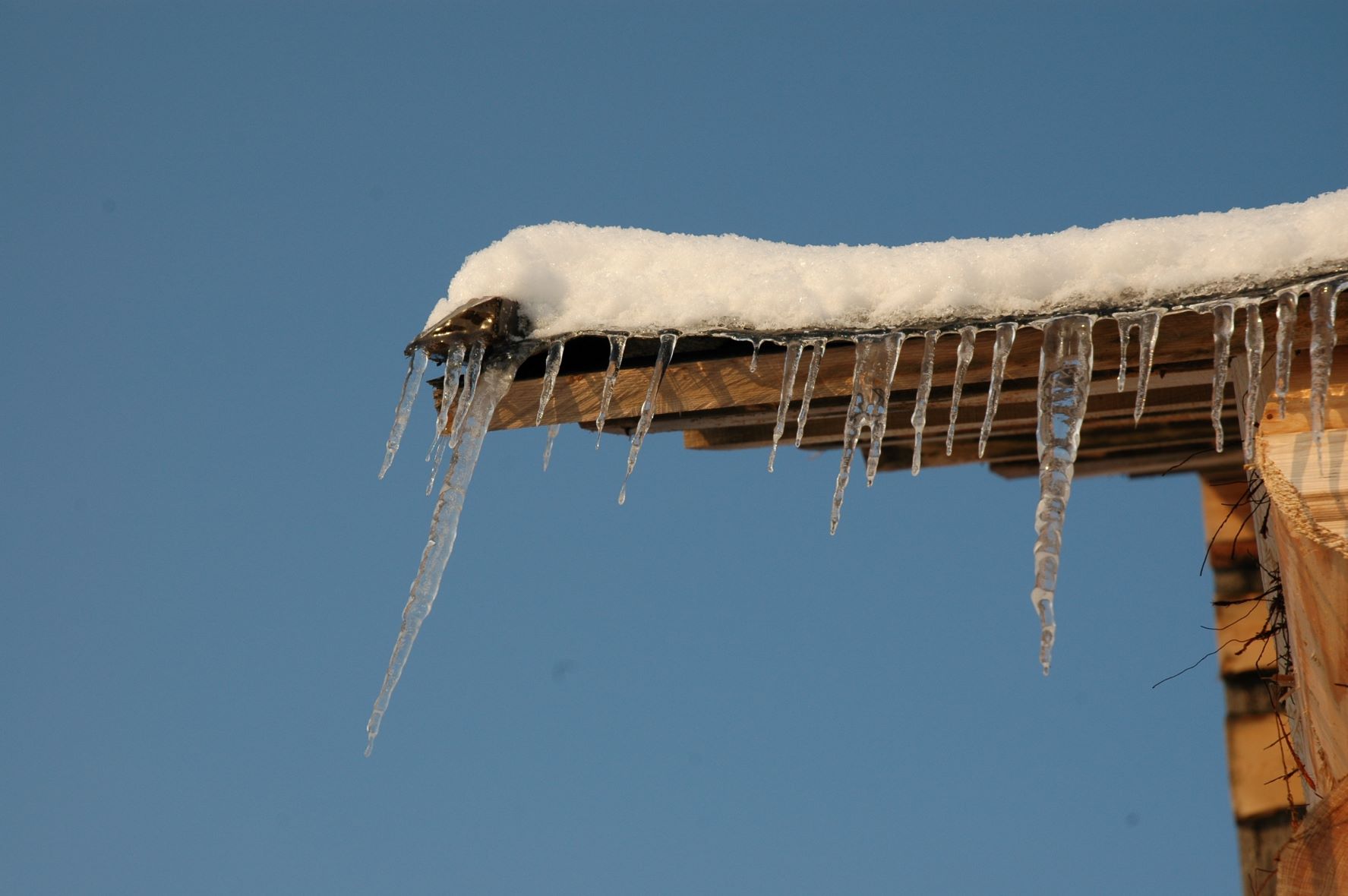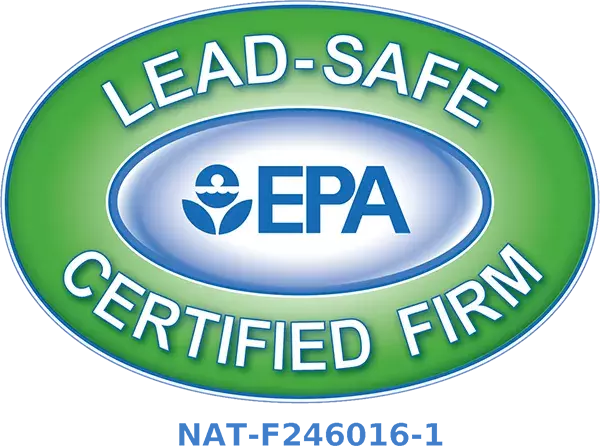Ice storms can be devastating to your roof, causing damage that is both immediate and long-term and that can necessitate roof repair. If left untreated, this issues can get significantly worse over time, and end up costing you much more than if you get them fixed immediately. Whether you have a few missing shingles or more extensive damage, it’s important to know how to properly repair your roof in the winter during and after an ice storm.
Roof repair in winter can be daunting, particularly during and after ice storms. Ice and snow can cause severe damage to your roof, making it important to know the essential tips for roof repair during and after such weather conditions.
When Replacing Shingles, Use Matching Shingles
Using matching shingles also makes it easier to replace damaged areas, as you won’t need to worry about finding similar shingles. When shopping for new shingles, check the specifications of your existing ones to ensure that you’re purchasing the right ones for the job.
Know When to Repair and When to Replace
If there are multiple areas of damage or the damaged area covers a large portion of the roof, a complete replacement is likely necessary. Additionally, if the age of your roof is close to the manufacturer’s recommended life expectancy, you should strongly consider replacing it rather than trying to repair it. This will prevent you from having to go through the process of replacing it fully in the near-future, which will raise your expenses.
On the other hand, if there is only minor damage or a single damaged area, it is often best to repair rather than replace it. For example, if only a few shingles are missing or have been torn away, a roofer can often easily replace them with new ones.
Hire Qualified Pros
When faced with roof repair in winter during and after an ice storm, hiring qualified professionals is important. While DIY roof repair may be possible for some projects, it’s often better to leave such tasks to experienced pros who understand the local climate, building materials, and safety regulations associated with roof repairs. The right professionals will be able to work effectively, thus keeping you and your home safe.
Finding a qualified roofer doesn’t have to be difficult. Start by researching online and reading reviews from previous customers. Ask friends, family, and neighbors for referrals, and don’t be afraid to contact multiple contractors for quotes.
Replace Old Caulking
When it comes to roof repair in winter, during and after ice storms, replacing old caulking is essential. Caulking helps to keep out water and prevent damage caused by the cold temperatures and moisture of winter weather. It also protects against ice and snow that can pile up on your roof during storms. When replacing old caulking, it’s important to use a high-quality product designed to withstand extreme temperatures and moisture.


